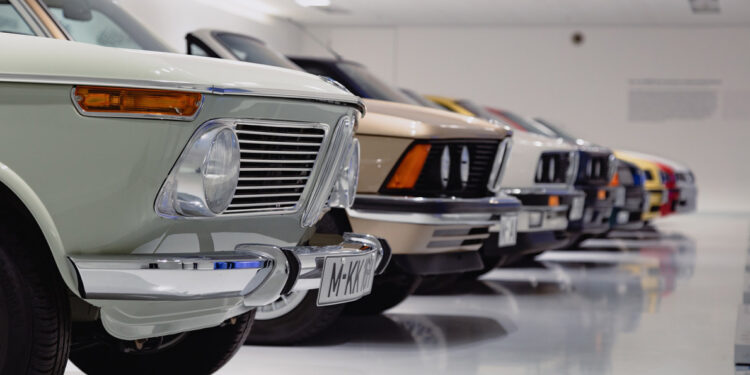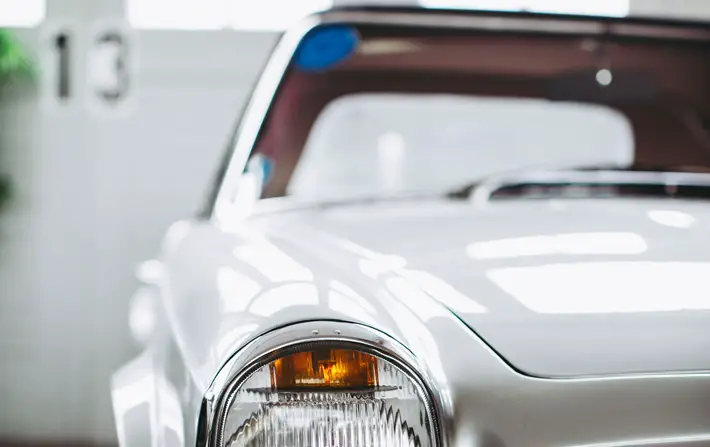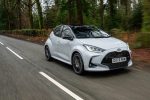Important Checks You Should Carry Out Before Buying a Used Car

Buying a used car is not only an economical way to acquire or upgrade a vehicle; it is also becoming an essential market, owing to global manufacturing issues resulting in a shortage of new cars to buy. While buying used can be an unknown quantity, there are some simple but vital checks you can carry out to reduce the risk.
DVLA Vehicle Information Check
While the vast majority of used car sellers will be upfront and honest about the vehicle they are selling, seeking independent information about the car you are looking at will ensure you receive all pertinent information, and prevent any nasty surprises following purchase. The DVLA website enables you to find out what information they have on a given registered vehicle, from its tax status to how long until it requires another MOT. Much of this information can be used to infer the car’s status and condition, and clue you in on any potential costs waiting around the corner after you buy it. If something doesn’t quite add up about the vehicle’s history, you can also carry out an independent vehicle check using a private organisation recommended by the Motor Ombudsman. This private check could reveal whether or not the car was stolen or linked to illegal activity.
Service History
The vehicle’s seller should have the complete service history of their vehicle to hand for you to scrutinise. This service information will include information regarding repairs from previous accidents and breakdowns, giving you important information about the car’s condition and about any potential points of failure which could well represent significant expense in the future. Evidence of a large collision could suggest weakness in the chassis, making the car more trouble than it is worth to take on.
Visual Inspection of Engine and Interior
When visiting the vehicle in person, it is important not to just inspect the exterior before purchase. While looking at the bumpers and panels can tell you about the car’s treatment – such as dents, scratches and non-colour-matched panels telling you bodywork repairs have been made following an accident – neglecting to inspect the engine bay and cockpit could cause trouble further down the line. In the engine bay, look for evidence of oil leakage or failing parts; in the cockpit, look for general cleanliness, and turn the ignition to check the state of the electronics.
Test Drive
There are many potential issues with a car that you would not be able to discover without driving it, including timing belt issues and evidence of engine damage related to prior poor maintenance. As such, plan to take any used vehicle you are viewing for a test drive. You will need to make sure you have a car insurance policy that covers you driving another vehicle, in order to be road legal when you test. When on the road, listen for any noises from the engine when accelerating, and pay attention to your steering – does it feel listless, or are you in control? Also make sure to pay attention to the gearbox, and whether shifting feels solid.










